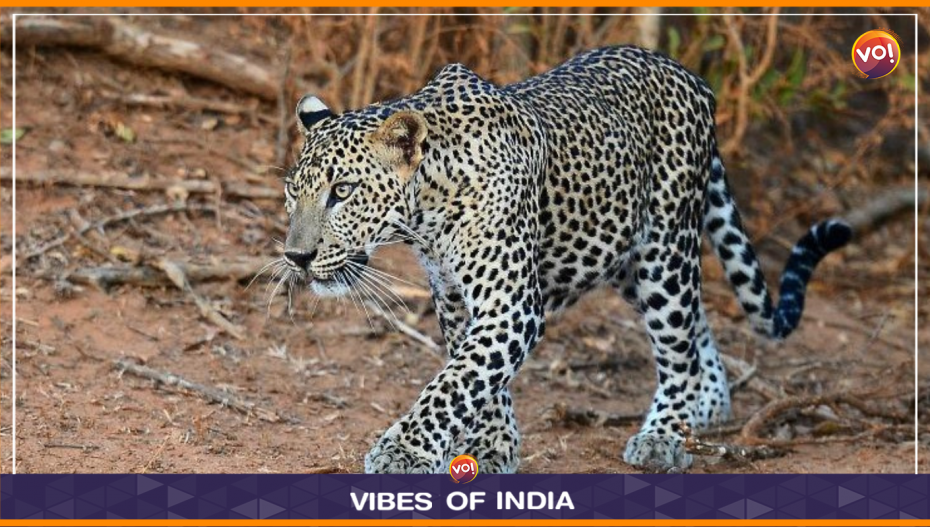Two days ago, a leopard savaged a 70-year-old woman to death in Gujarat’s Dahod district. In a similar case last week, an elderly woman was mauled to death by a leopard when she was resting in her house in Sarovada village of Amreli district. Recently, Vibes of India reported how a father’s heroics saved the lives of two girls from a predating leopard in Fulpur village.
There have been reports of at least five deaths in the last few months following leopard attacks. To address this sensitive issue of human-wildlife conflict, Gujarat’s forest department has proposed the sterilisation of leopards, especially in and around Gir National Park.
An official, who didn’t want to be named, said that the Union government did not approve the idea earlier, but now the policy is being reviewed.
National Board for Wildlife member H S Singh has given a thumbs up to the idea. “The leopard population has reached about 22,000 across the country. There are proposals from states about reducing the leopard-human conflict. About 125-130 people die every year due to leopard attacks,” Singh was quoted as saying.
He said Gujarat’s leopard population has already reached around 2,000. Half of them are found in Gir. He added, “In certain sites, where the population is 25 to 30 per 100 square km, their population should be contained. So, instead of killing them, they should be sterilised. It is a good move.”
He clarified that the board was yet to receive Gujarat’s proposal.
Jalpan Rupapara, a wildlife researcher at Gir, believed over 95% of leopards weren’t a threat to humankind. “They are helpful in controlling boars, stray dogs, blue bulls and feral cattle. A very small percentage are problematic and their prompt identification and earliest elimination from the wild is key to reducing human-leopard conflicts,” he was quoted as saying.
Retired forester A K Sharma agreed that leopards were becoming a menace to humankind. “The (forest) department cannot keep capturing these animals. The leopard is a very stealthy animal. The management has to change its approach. I think sterilisation is the right move,” he told the media house.
However, International Union for Conservation of Nature member Nishith Dharaiya felt sterilisation wasn’t the answer. “Most of these attacks take place when people are sleeping in the open or children and old people are left unattended in the fields.”
Leopards captured for attacking humans are usually sent to a zoo in Junagadh for the rest of their lives.
Read Also: Top Ahmedabad Cardiologist Dr Tejas Patel Becomes Victim Of Online ‘Identity Theft’












